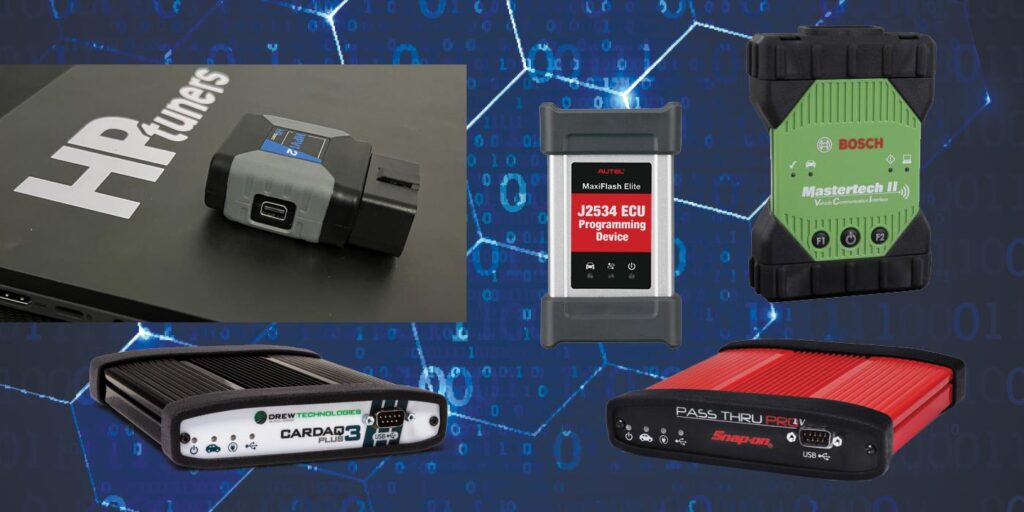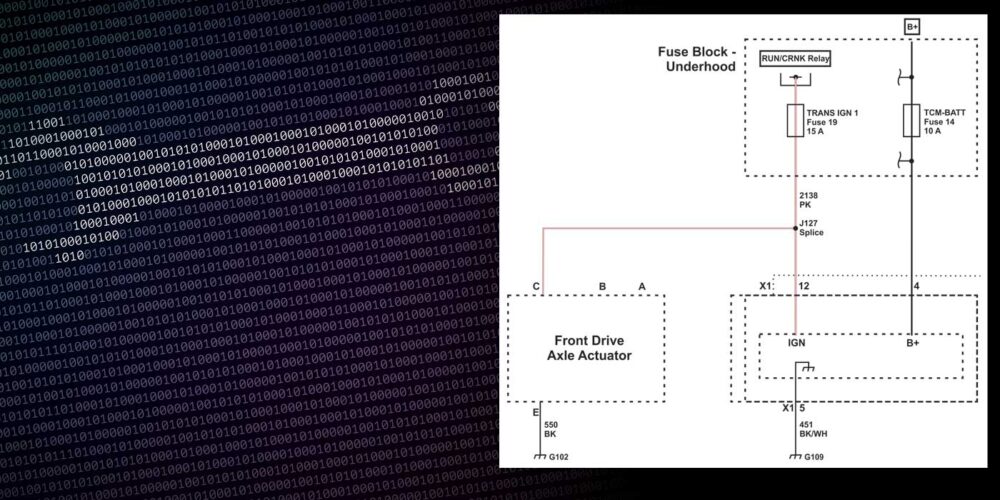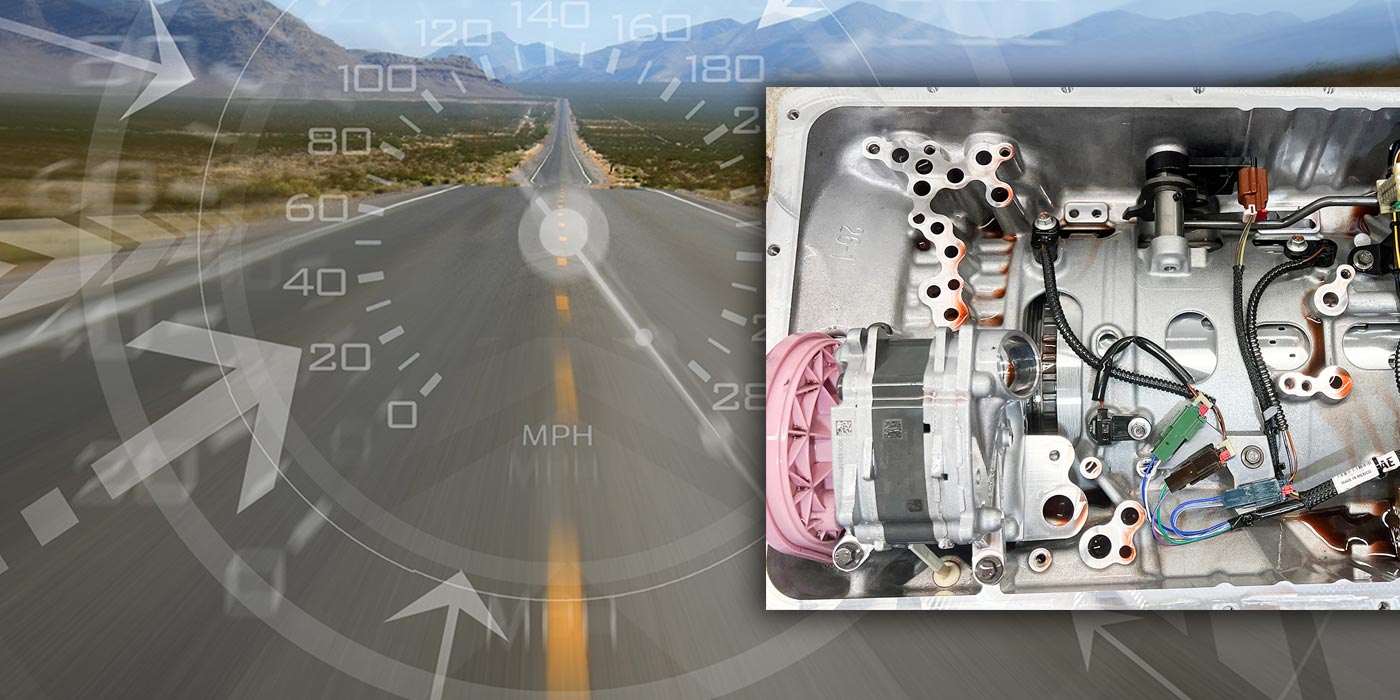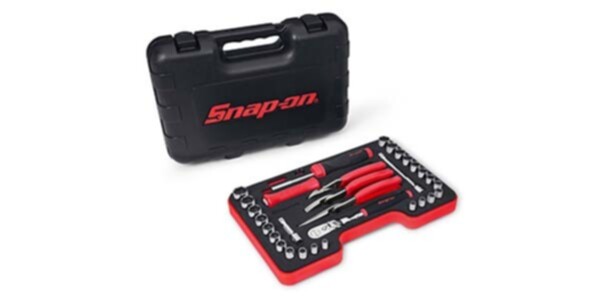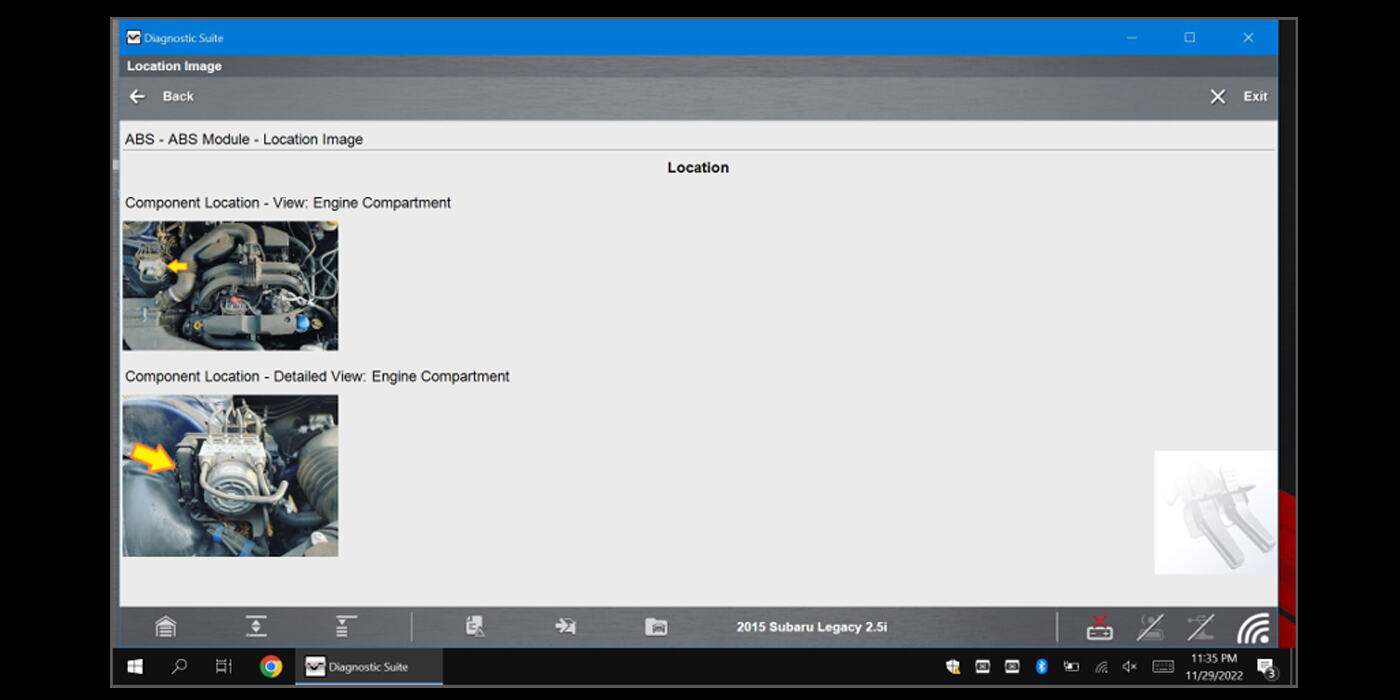The conversation goes like this: I have been paying mobile programmers or remote access programmers (RAPs) far too long. I believe I can save money and time by doing this myself. What type of equipment is needed and what is the cost to get up and running?
Let’s find out! In a nutshell, four basic items are necessary to start your own reprogramming ventures. You may even have some of these items on hand already.
- Windows-based laptop
- J2534 interface device
- 12-Volt 100-amp battery voltage maintainer
- Wi-Fi or hot spot
Let’s go into more detail about each.
1. You need a Windows-based laptop with Windows 10 or 11 Pro OS and relatively current architecture. I would suggest a 13- to 15-inch touchscreen that folds over and becomes a tablet. This type of laptop is more usable and durable with a minimum battery life of 8 to 10 hours. Some prefer a laptop dedicated to reprogramming only, but that is a mistake in my opinion. Dedicated use is rough on batteries, and a laptop seems to never be charged and ready. Instead, buy a higher-quality laptop that can be used as your primary, daily PC. USB-C cables allow a laptop to be attached to a large desktop monitor that uses only one cable as laptop power, charger and video source. This method will keep everything updated and ready to go at a moment’s notice.
A quality, name-brand laptop will generally start at about $800 and upwards for rugged-use, industrial-grade laptops. Compatible USB-C desktop high-resolution monitors start about $500.
Read more columns from the TASC Force Tips series here.
2. J2534 interface device should be compatible with both SAE J2534-1 and J2534-2, including 04.04 and v500 API reprogramming standards for inclusive coverage on most automobiles. The J2534 interface connects to vehicle through the OBD connector and to your laptop. I encourage conducting your own research on J2534 devices, as it is a vast subject and there is more to it than can be included in this article.
Below are several of the more popular devices that meet the above standards. All include toolbox applications with step-by-step reprogramming guides.
- Snap-on Pass Thru Pro IV – $1,873
- CarDAQ-Plus 3 – $1,780
- Bosch Mastertech II J2534 VCI – $1,900
- Autel MaxiFlash Elite – $1,195
3. 12-Volt, 100-amp battery voltage maintainer. This is not a conventional battery charger, and battery chargers without voltage maintenance are not sufficient for J2534 reprogramming. On day one, you should bite the bullet and invest in a battery voltage maintainer if you intend on reprogramming. A single mishap because of voltage/current issues will pay for the battery maintainer by itself. Below are two of the popular units. Again, do your own research and remember that whatever you choose, it must be able to supply steady vehicle voltage at 100 amps.
- Snap-on Battery Charger Plus LiFePO4 EEBC500B ($910)
- Schumacher INC100 DSR ProSeries Battery Charger Flash Reprogrammer ($611)
4. Internet via Wi-Fi or hot spot must be available and have a strong signal throughout the facility. A cellphone-generated hot spot with three to four bars is usually okay. Wi-Fi service should be a minimum speed of 10 Mbps for uploads and downloads. If for any reason you lose connection and must continually log back into websites, you might want to inspect Wi-Fi service or source equipment.
Startup cost
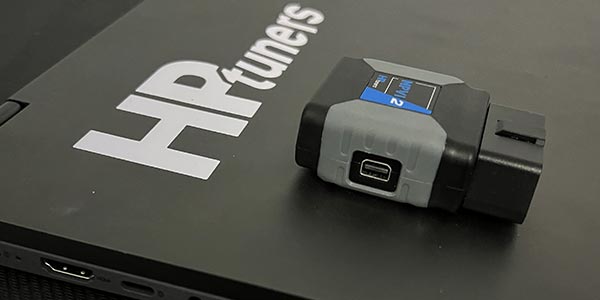
As you can see from pricing, it takes about $3,000 (on the low end) to get started reprogramming.
If you add tuning, then it starts to look better. Finally, don’t forget about labor cost and a credit or debit card for subscriptions and credits.
Now for the icing on the cake, use this same setup minus J2534 interface device for HP or EFI tuning needs as well.
A final note: this article would not be complete without mentioning FORscan. When working on Ford, Lincoln, Mercury or Mazda vehicles, FORscan will make solenoid characterization and other reprogramming needs quick and easy. FORscan has apps for Windows, IOS and Android. It uses an OBD dongle that communicates via Bluetooth.

